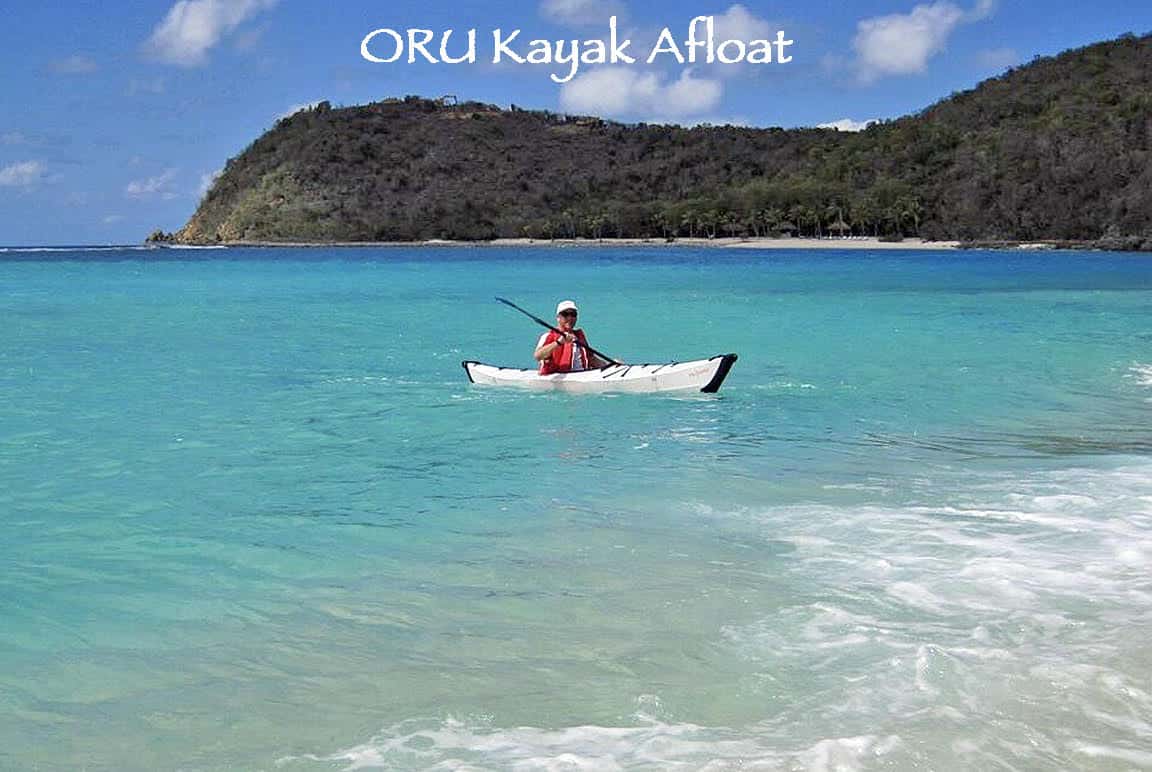
My kayaking experience in the BVI goes back more than 20 years, beginning with an ill-fated effort to paddle from Red Hook on St. Thomas to St. John, then across to West End, Tortola, and onward to the North Sound of Virgin Gorda.
Unfortunately, the outfitter who rented us the boats was unaware that arrival-by-kayak is strictly forbidden by the British Virgin Islands Customs, as we found out much to our dismay. Given the time constraints, we had no choice but to return the boats to Red Hook and travel by ferry. So rule #1 is: Don’t plan to cross international boundaries under paddle power!
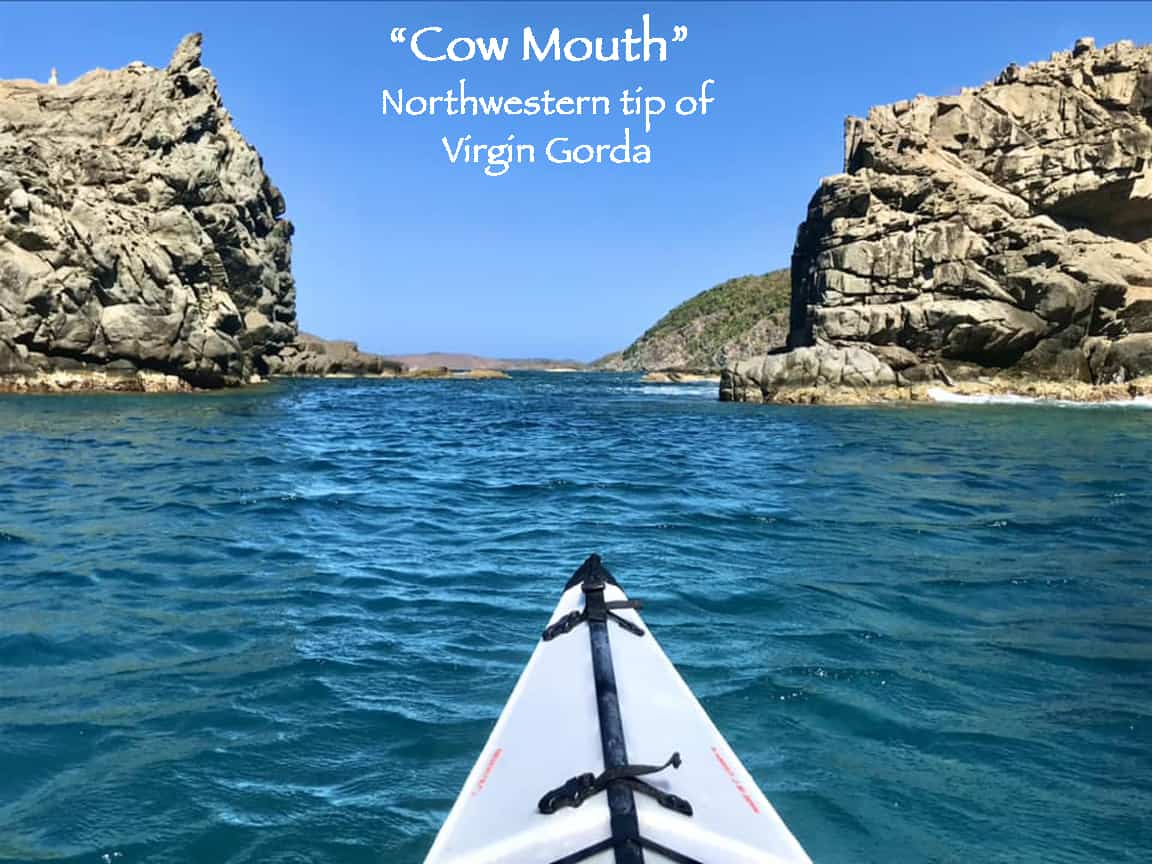
In St. Thomas, you can find proper sea kayaks available for rent, which is one of the reasons we tried it in the first place. On several following trips, we brought folding Feathercraft kayaks on the plane as checked baggage to Beef Island, ferried across to North Sound, and assembled on site. In one instance, we even assembled a Feathercraft double on the beach in Trellis Bay and paddled the 7 miles to North Sound from there.
In recent years I’ve used a 12’ Oru “Bay” kayak, which is based on origami and folds up to fit in an oversize travel backpack. At a super light 25 lbs., it’s turned out to be well suited for explorations of semi-sheltered waters.
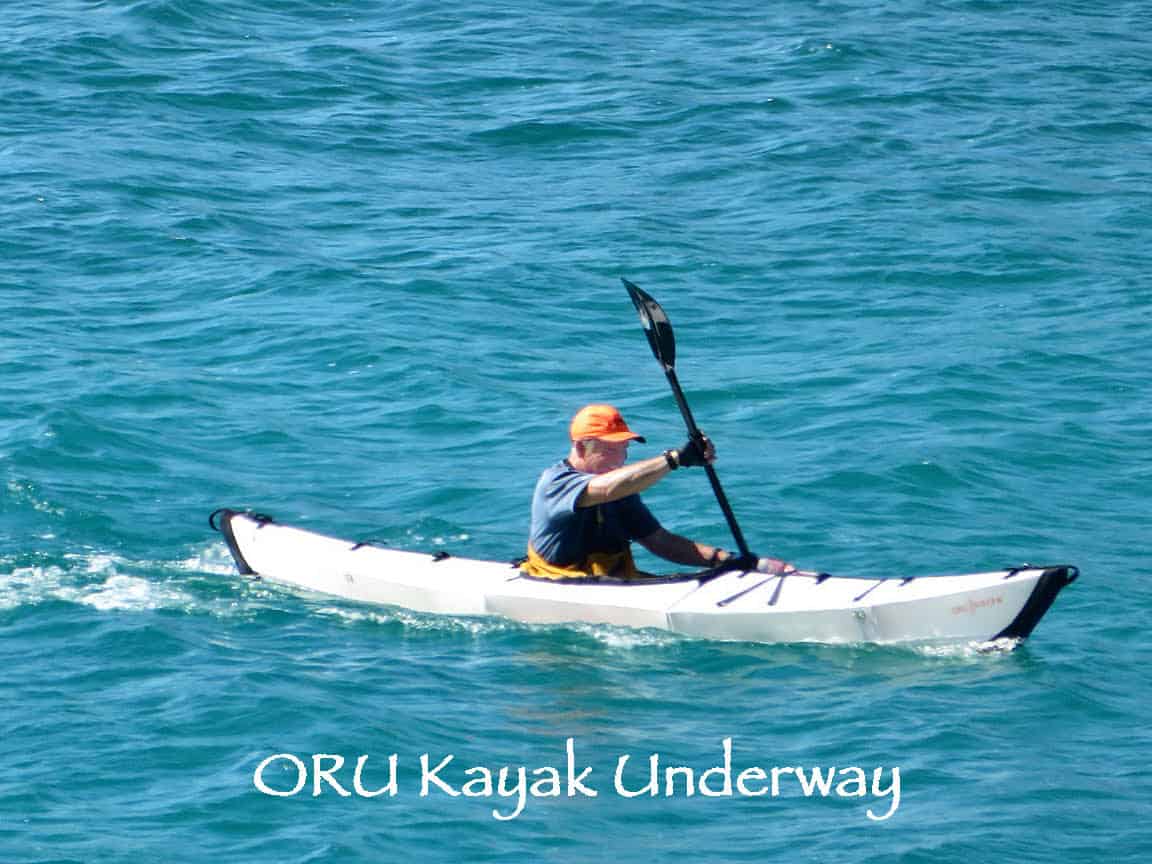
Unfortunately, to my knowledge, there are no true sea kayaks or surf skis to rent in the BVI. This is a shame since experienced paddlers can have a blast exploring the many islands that are inhabited or otherwise in the chain.
The plastic sit-on-tops available at resorts and with charter packages are okay for poking around the beaches but are not suitable for multi-mile or inter-island passages.
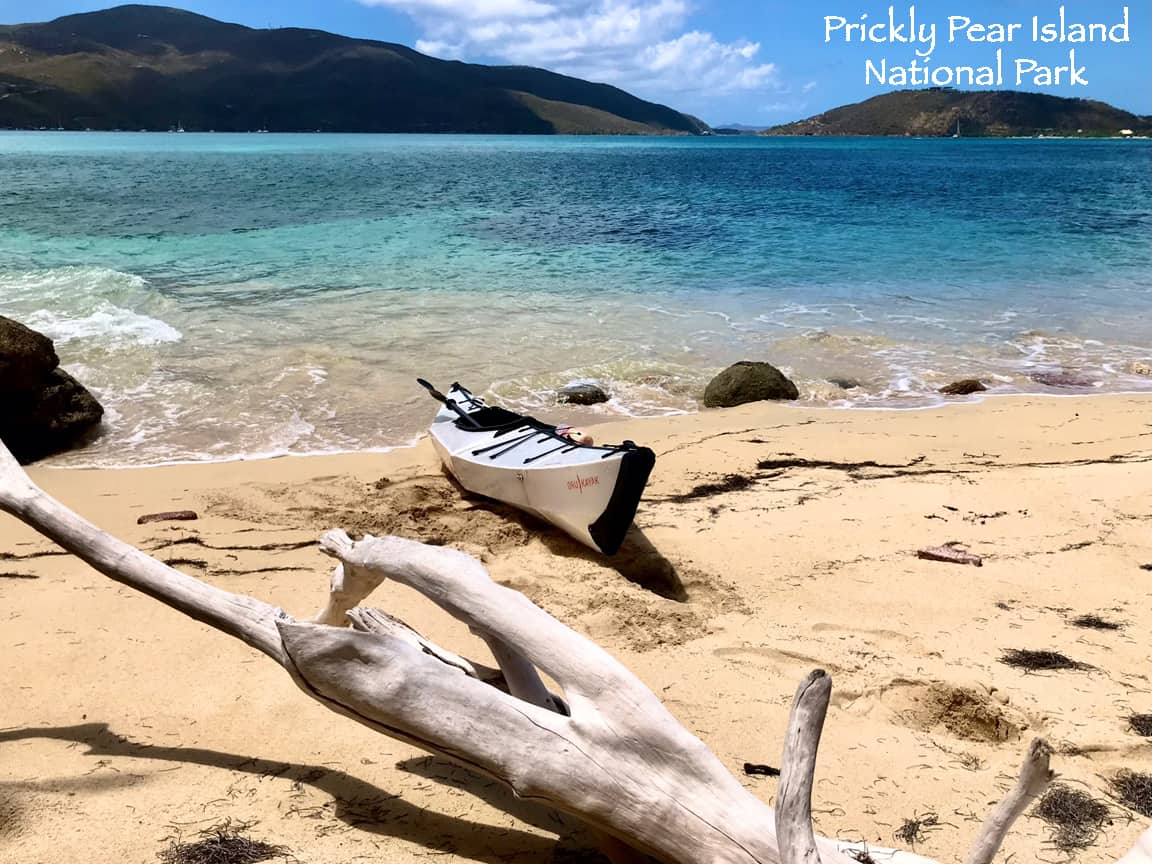
Most of my experience has been limited to the North Sound of Virgin Gorda, which is relatively protected and offers a number of fun routes. It’s easy to paddle right up to the beach at eitherLeverick Bayor theBitter Endand not to mentionPrickly Pear Island National Park, which has beautiful beaches on both the windward and leeward sides. A more ambitious trip is eastward all the way to Oil Nut Bay, staying inside Eustatia Reef. That’s best done on light air days as it’s wide open to the easterly tradewinds.
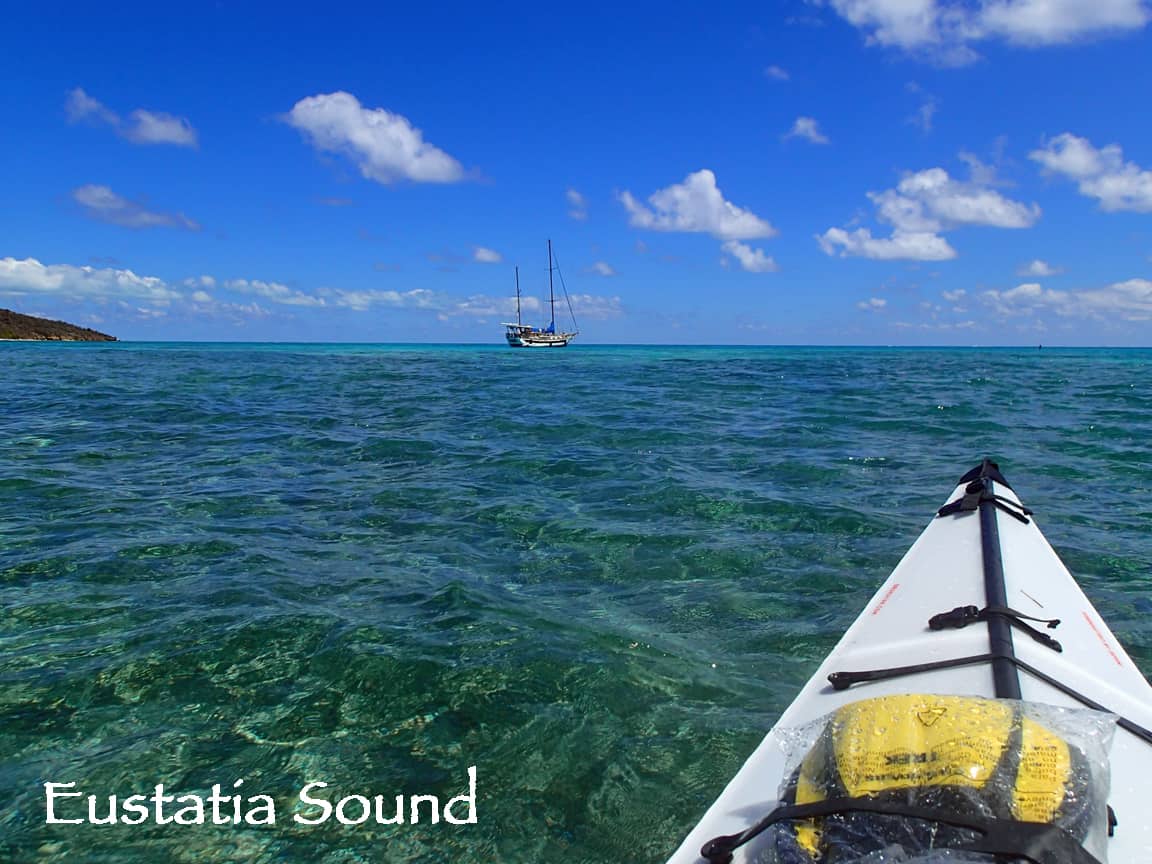
A favorite trip of mine is to paddle out theNorth Soundmain channel, bear to starboard (right) and make landfall on the long sandbar south ofNecker Islandwith three faux palm trees. If no one else is there one can truly play Robinson Crusoe.
Then aim for the passage betweenEustatiaandPrickly Pear Islands, being sure to give a wide berth to the reef northwest of Eustatia, where breaking seas are visible. There’s a nice wild beach on the east side of Prickly Pear and rounding the island’s southern tip, leaving Saba Rock to port. It will eventually lead you to the beautiful beach atVixen Pointand the Sand Box restaurant for a recharge.
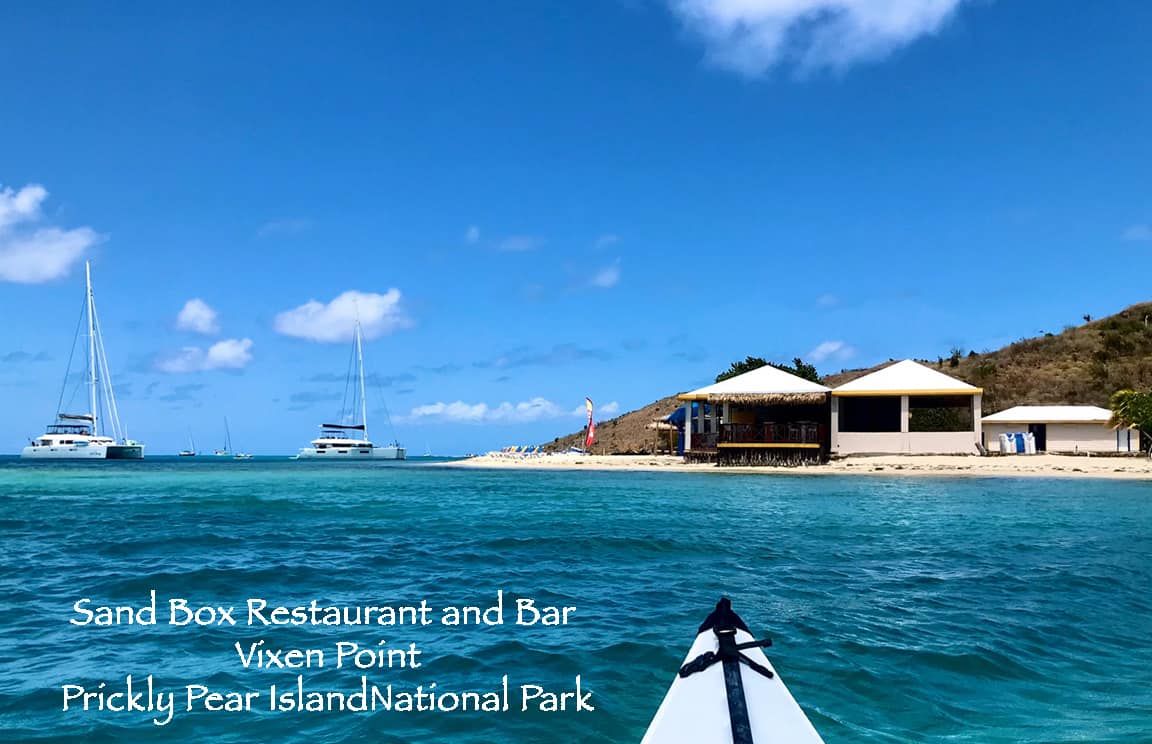
Of course, the wind is typically out of the east or northeast during the high season. It’s always better to choose a route that goes upwind to start so that the wind is at your back for the return. To do the reverse might make it difficult, if not impossible, to make it back to your starting point.
I’ve only once explored the western, sheltered side of Virgin Gorda between Mountain Point and Little Dix Bay and have yet to make it down to The Baths. But in average conditions, that would be an optimal shoreline to explore by kayak. Of course, there are reefs and coral heads which must be avoided. They are usually easy to spot and often have waves breaking over them. In my experience, currents have not been a big concern but no doubt they can be in certain narrow passages.
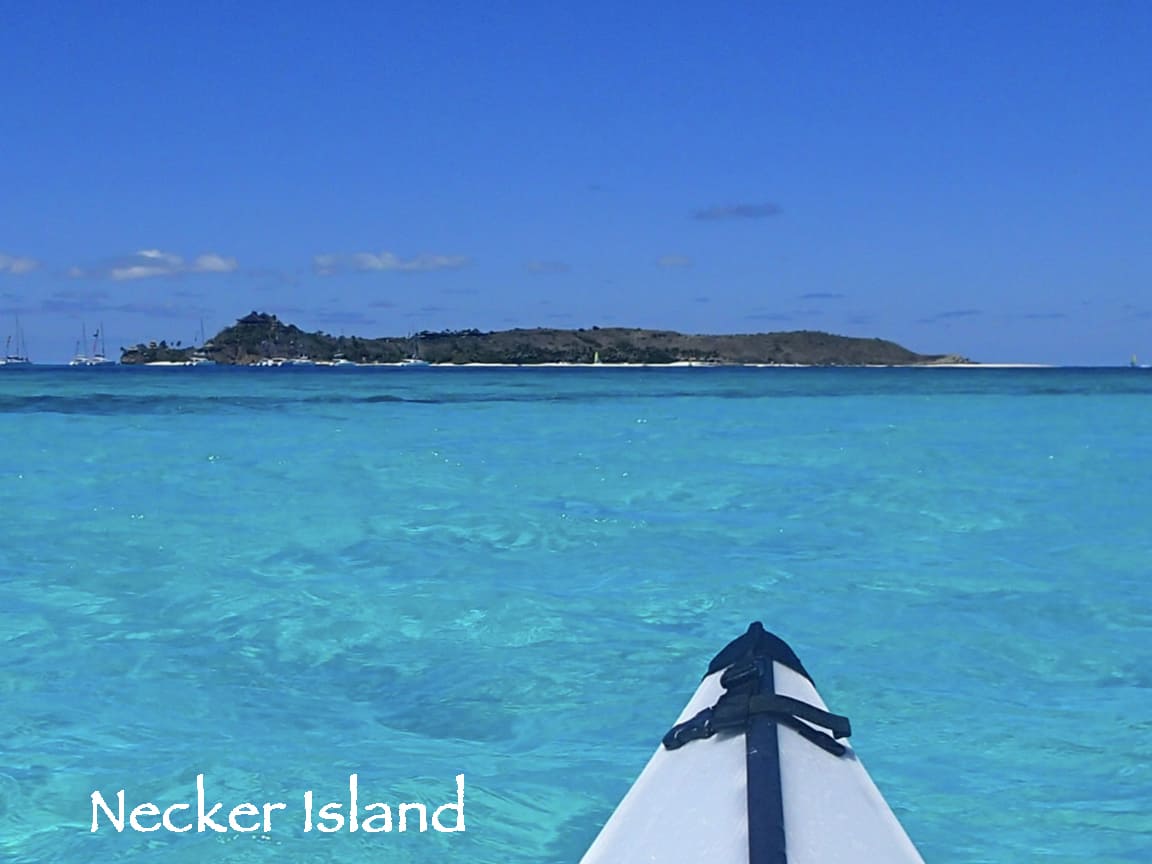
Ambitious paddlers could have a wonderful trip downwind from Virgin Gorda through the island chain. It’s too bad there aren’t camping opportunities on some of the uninhabited National Park islands. Perhaps that’s a goal that could be achieved through the proper channels, resulting in a sea kayaker’s dream route!
Broadly speaking, a well-performing kayak would be a great way to explore BVI waters not accessible to larger boats. Always keep in mind that the wind blows steadily from east to west, and breaking waves in open water are usually signs of reefs. Air and water temperatures are ideal, but it does get hot, particularly when paddling downwind. So ample water, a hat, sunscreen, sunglasses, and a personal flotation device are essential.
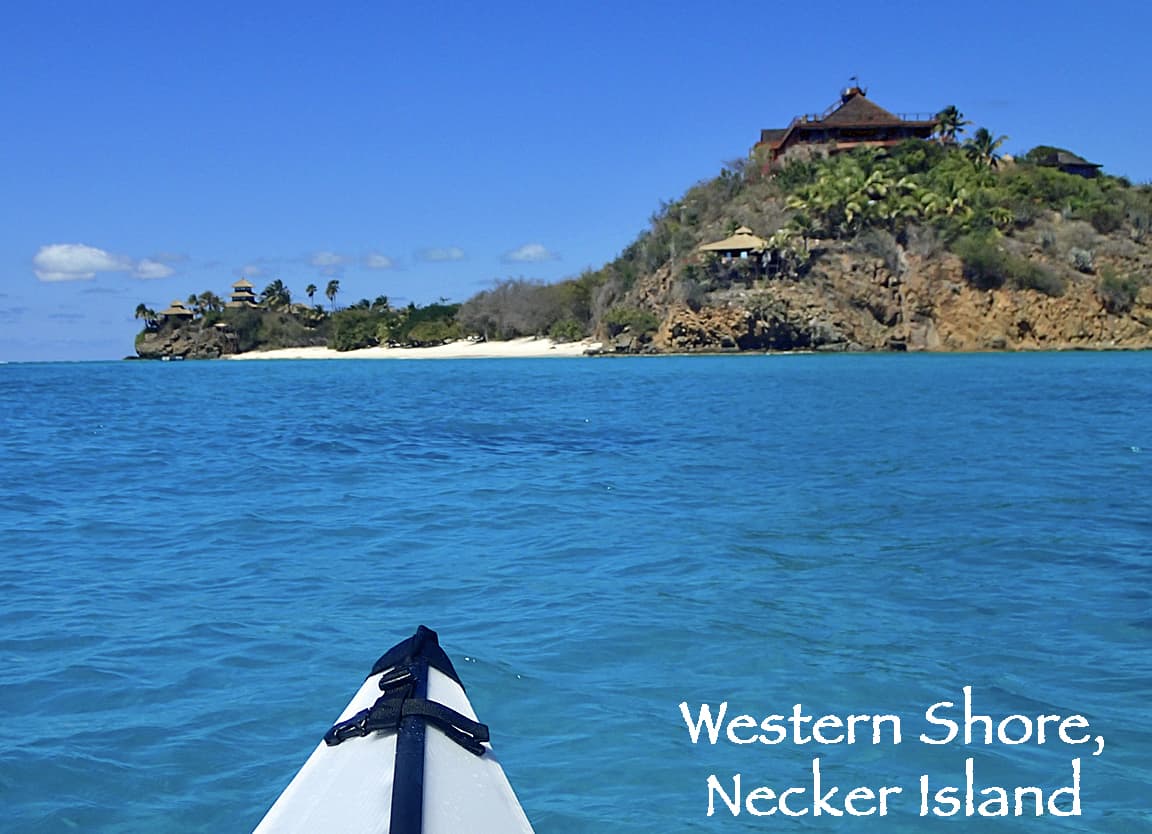
I wear lightweight water shoes and specialized gloves for a better grip on the paddle too. It’s always a good idea to have a cell phone with you or a handheld VHF radio for open water passages.
I try to avoid powerboats and local shipping as best I can, as they are not accustomed to seeing kayaks along their routes and are always in a hurry.
Happy paddling in Paradise!
